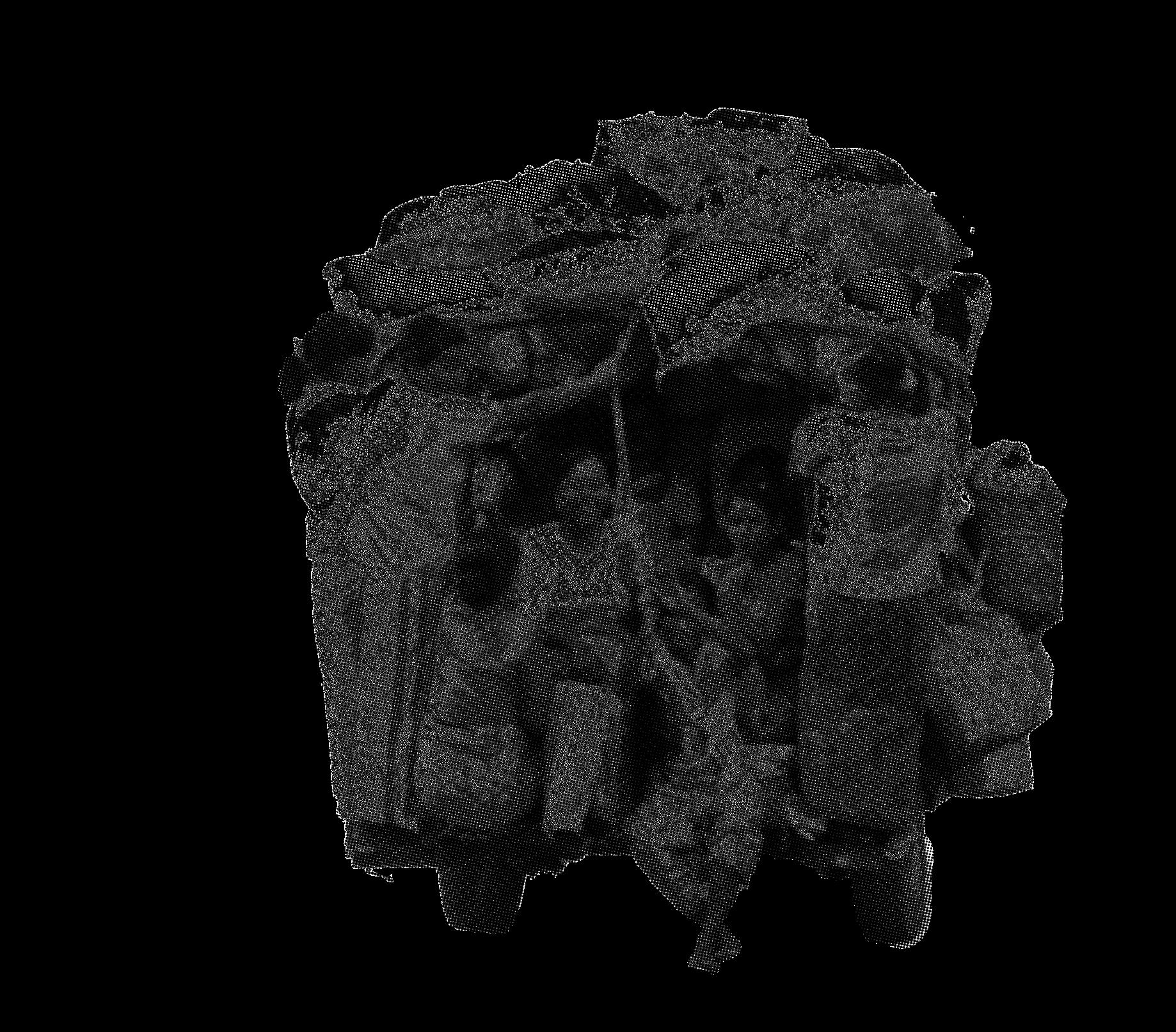


















This guidebook was designed to support activists, organizers, trainers and those working to build people power toward a democratic Myanmar.

Throughout history (the history of Myanmar included!) activists have been the bold brushstrokes that have painted the picture of social and political change. From the days of the struggle against colonial rule to the present-day fight for democracy and human rights, the role of engaged people has been pivotal. Our voices echo through the corridors of time, reminding us of the power of collective action and the resilience of the human spirit.
As we navigate the complexities of contemporary Myanmar, marked by both progress and challenges, the need for engagement has never been more vital. In a landscape where dissent is met with repression and violence, it is imperative for people to persist, to innovate, and to stand collectively resolute in their pursuit of justice and equality.
This handbook is a testament to the enduring spirit of Myanmar’s people and a call to action for those who seek to shape a brighter future for generations to come. It is designed to empower and offer a guide for you in your journey toward positive social change.
This is a guide for moving people from theory to action. In the four Modules you will find

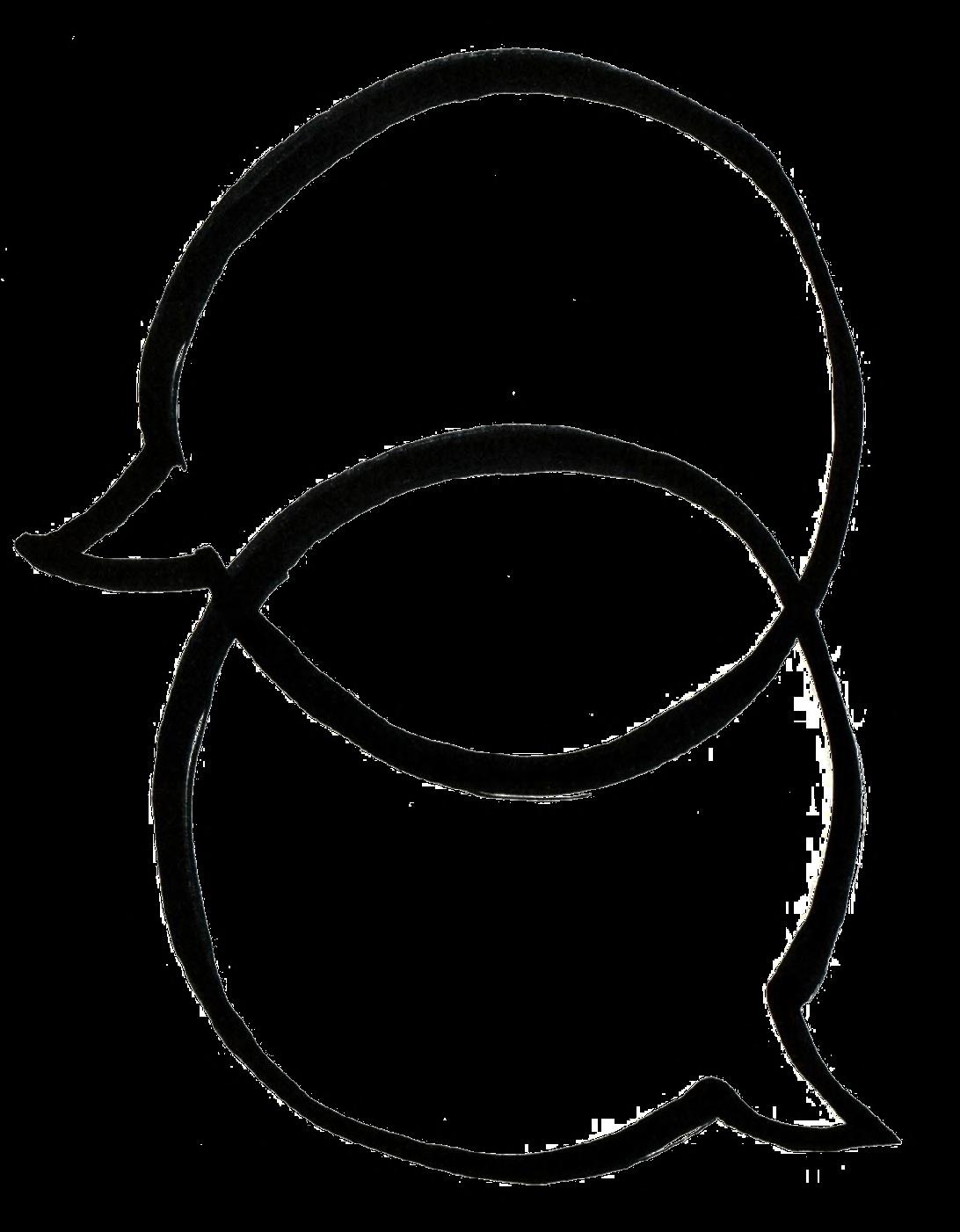

Ύ A snapshot of the module or exercise
Ύ A short list of key terms or concepts
Ύ Case studies/stories
Ύ Short introductory texts
Ύ A table of activities and/ or exercises/ resources designed to support exploration, understanding and iplementation if appropriate.
Ύ Helpful checklists and other accessible frameworks for the work
Ύ A small collection of further resources
Ύ Additionally in the handbook you will notice:
Ύ A Glossary to clarify how specific terms are being used in this guidebook
Ύ LInks to print outs of relevant tactics, resources, etc…

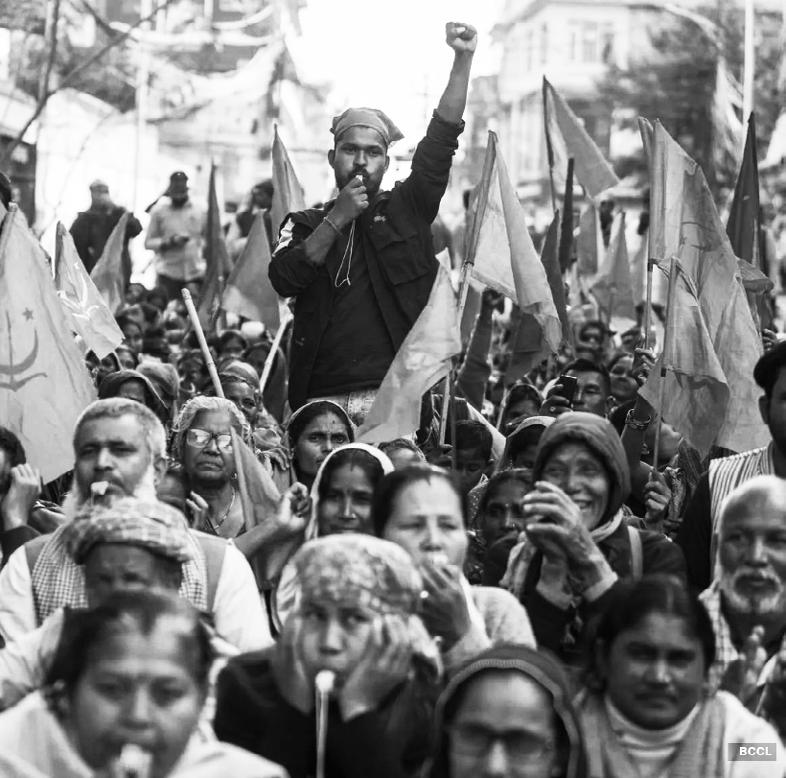

One of the most striking recent campaigns for democracy took place in Nepal where both nonviolent action and a negotiated peacebuilding process played key roles. Because this country has more than 100 ethnic groups and spoken languages, as well as severe isolating geographic features (8 of the top 10 world’s tallest mountains!) It took many years to build a country-wide mass movement big enough to win……. but when the rural armed Maoists pledged to stop their armed struggle and join the democratic nonviolent movement, they were able to force the king to reinstate parliament (which he had dissolved in 2002).
As a result, the 2008 elections produced a parliament (one third of which were women) that was the most representative yet of Nepal’s diversity. The parliament then promptly and almost unanimously abolished the monarchy. Learn more about how they did this!
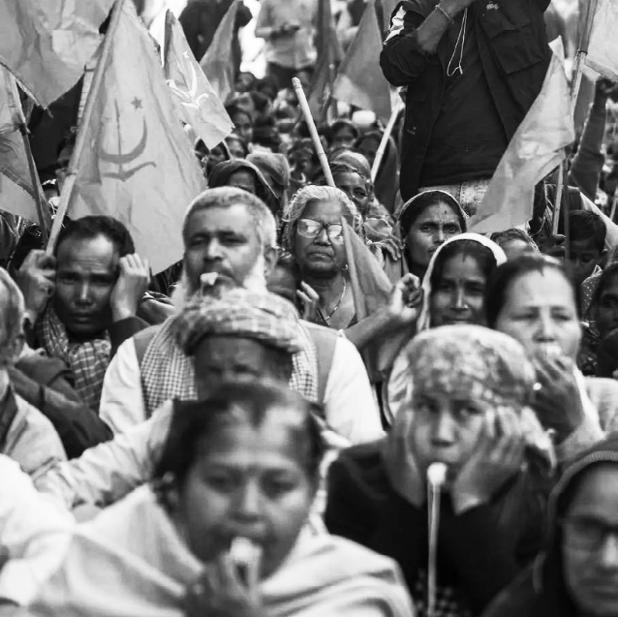
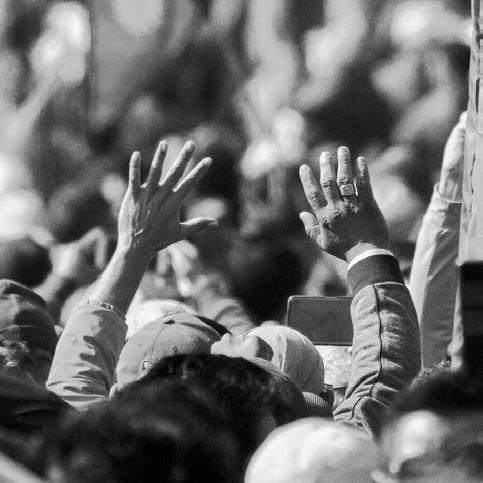
Throughout history (the history of Myanmar included!) activists have been the bold brushstrokes that have painted the picture of social and political change. From the days of the struggle against colonial rule to the present-day fight for democracy and human rights, the role of engaged people has been pivotal. Our voices echo through the corridors of time, reminding us of the power of collective action and the resilience of the human spirit. As we navigate the complexities of contemporary Myanmar, marked by both progress and challenges, the need for engagement has never been more vital. In a landscape where dissent is met with repression and violence, it is imperative for people to persist, to innovate, and to stand collectively resolute in their pursuit of justice and equality.



Many believe that “power grows out of the barrel of a gun,” as Mao Zedong famously said. However, research and experience show that power stems not just from a powerful opponent’s ability to use force, but also from the consent and cooperation of the institutions and organizations that sustain the oppressor: the media, the army, the police, the courts, the universities, organized labour, international backers, and others.
Power ultimately rests not in the grip of presidents, generals, and billionaires, but in the hands of millions of ordinary people who keep society running smoothly on a day-to-day basis, and who can shut it down should they so choose. This is the meaning of the slogan “people power.” One of the main reasons that so many injustices persist is not that the powerful can simply do whatever they want with impunity, but that most people are ignorant of the power they can wield by withdrawing their consent (See: General strike).
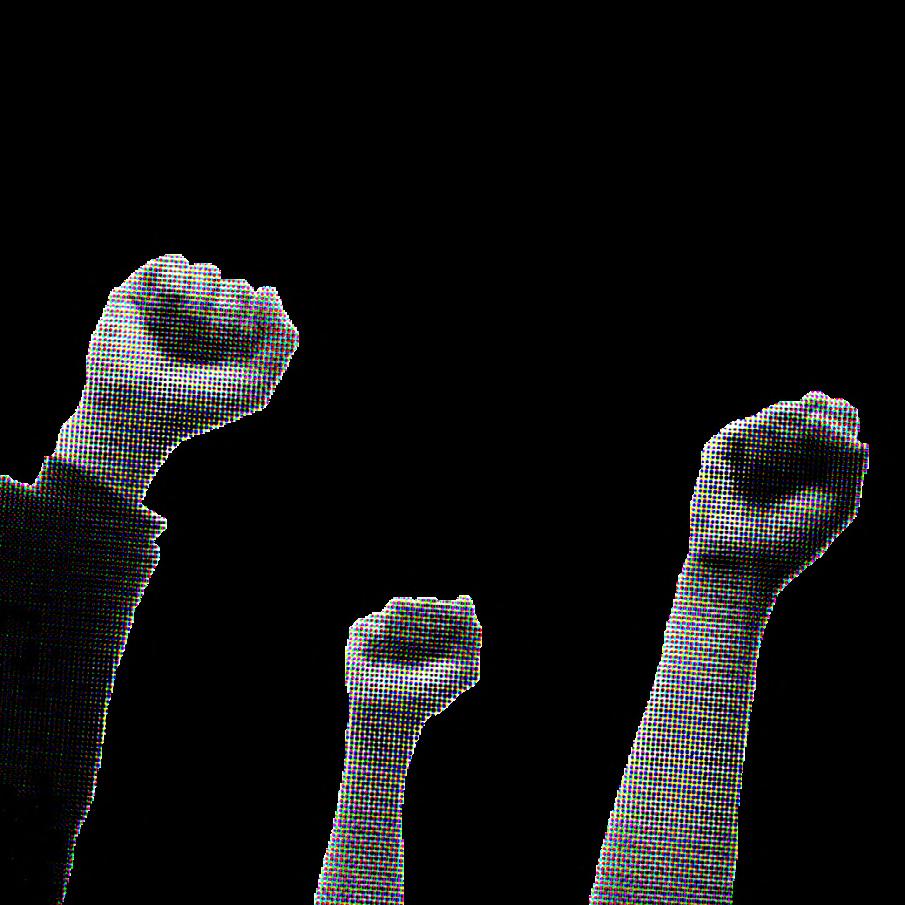
Most people are ignorant of the power they can wield
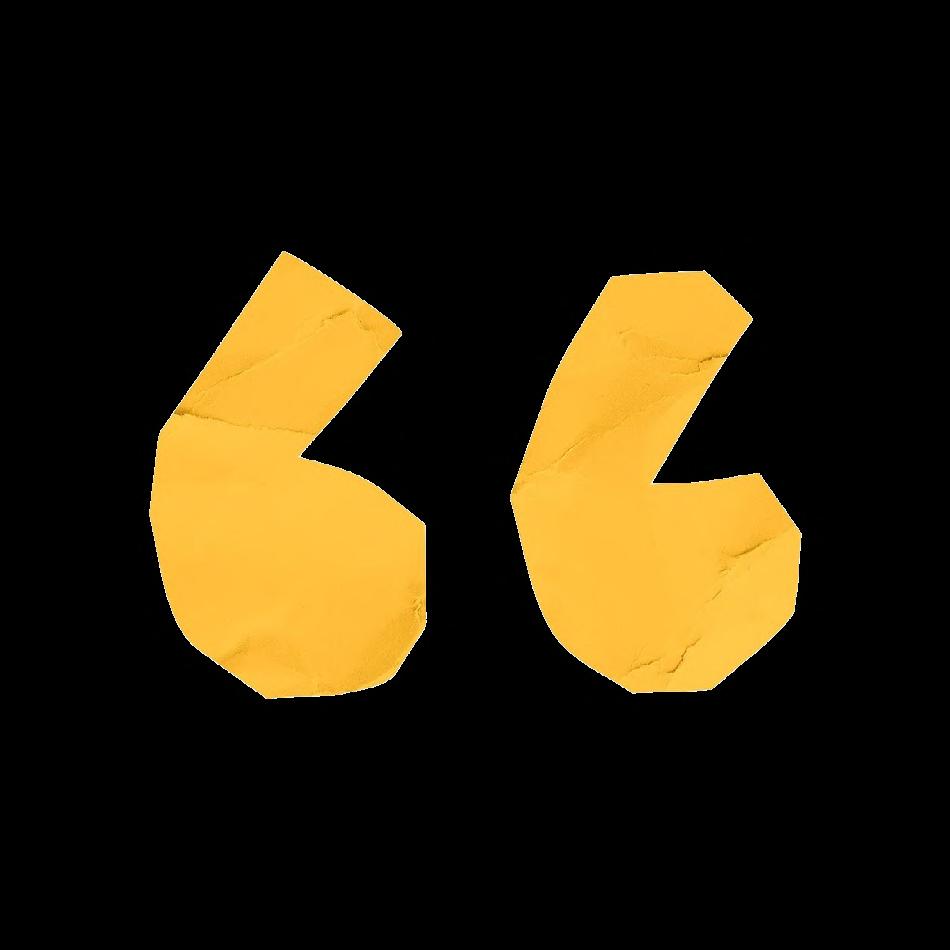
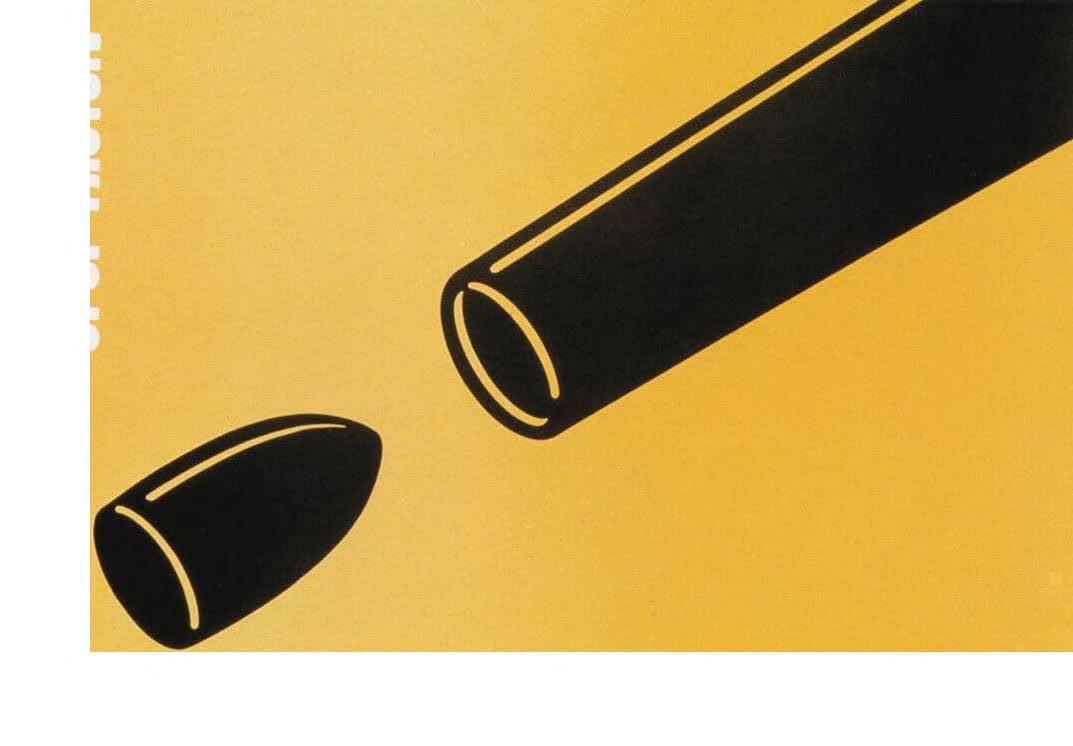
“Many believe that Power grows out of the barrel of a gun””
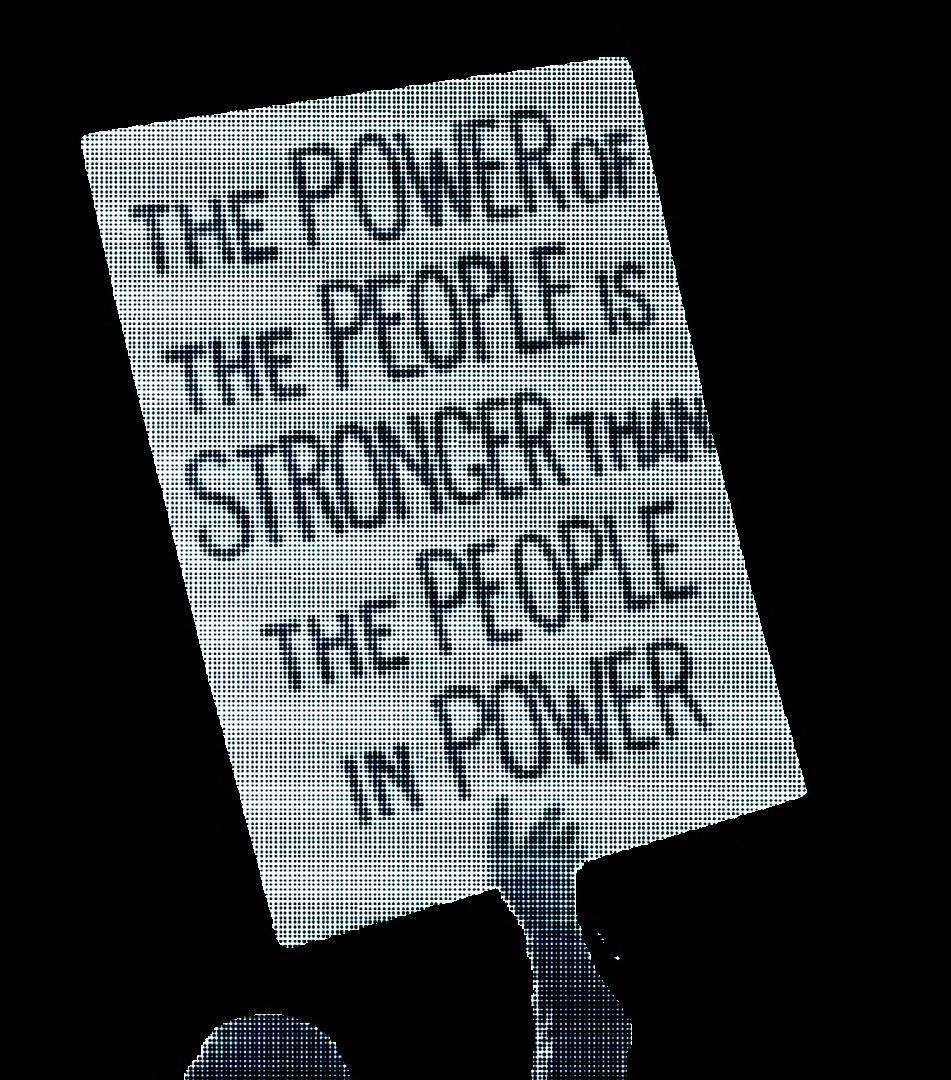


Movements draw their power from participation— not just the sheer number of people, but also the commitment, the passion, the energy they bring to the struggle, as well as the diversity of voices and the sectors represented. This understanding of power has been repeatedly vindicated in recent decades, as numerous dictators and extremely repressive regimes have been toppled by unarmed people with minimal violence but much courage and creativity. These successful nonviolent struggles simply cannot be explained by someone who sees violence as the only, or even the primary, mechanism of power.

In October 2016, a scandal erupted in South Korea involving Choi Soon-sil, a close confidante of then-President Park Geun-hye, who was revealed to have wielded significant influence over government policies without any official position. The scandal, known as “Choi Soon-sil gate,” exposed corruption and collusion between the government and major businesses like Samsung. This led to widespread protests known as the Candlelight Revolution, where millions of South Koreans peacefully rallied for President Park’s impeachment. The movement culminated in her removal from office in March 2017, highlighting the public’s demand for accountability and equal opportunity in a society plagued by systemic




“The path is made by walking, as Antonio Machado said—but it.s still helpful to have a good idea where your group is going, what sorts of shoes you’ll need, and how long the trip might take! That’s where strategic assessment comes in.” ,




Assessment and analysis—the process of gathering and then processing the information your group needs to make good decisions—are crucial steps in a good strategic plan. While perfect information is impossible, assessment and analysis are about ensuring that your group has the best information possible so they can make smart decisions and smart adjustments as they go. Of course your way may falter, but let’s walk on, and schedule regular, ongoing times to check in along the way.
It’s helpful to think of strategic assessment as a process of leading a group through activities that help them answer specific key questions about the issue they are responding to or the campaign they
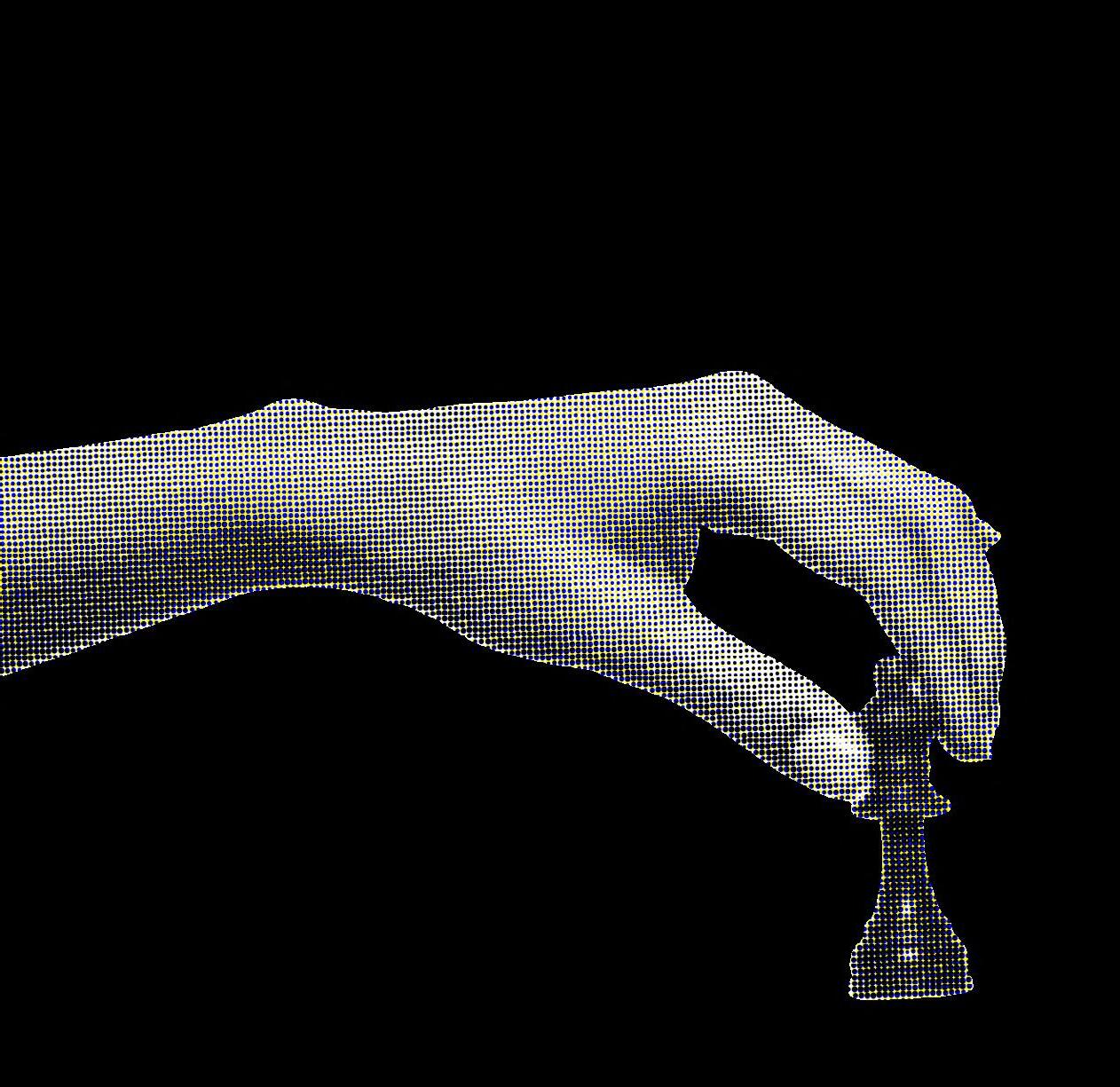



Here is a brief overview, with write-ups of some of these activities included below.
Who are the stakeholders (the people this issue affects)? Who could change the outcome if you were able to persuade them to see the issue differently? ( “Who” activities include Spectrum of Allies and Stakeholder Mapping.)
Why are the stakeholders acting the way they do? (“Why” tools include The Onion.)
What factors are driving or mitigating the problem? What are the roots and the symptoms of the problems ? (“What” tools include Analysis Tree.)
How is the issue manifested? How do power holders or the status quo stay in charge or in control? (“How” tools include Pillars of power and Power mapping.)
When does the conflict happen? Are there historic patterns or identifiable cycles of events? (“When” tools include Historical Timeline.)
Where is the conflict taking place? Consider social, economic, political, cultural contexts and systems. (“Where” tools include Connectors and Dividers.)
Below are a few of the most useful exercises for helping a group analyze and assess their situation so they can make a great strategic plan. See specific activity pages for additional methodologies that address particular assessment questions.
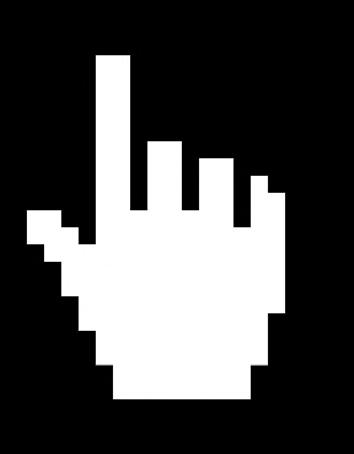



Utilizing the results of these exercises towards the development of clear, achievable and strategic campaign plans requires another set of tools, which we will get to next!

Use this environmental scan to help identify, organize and prioritize the patterns and problems people face. Time .............. 30 - 45
Examine connectors and dividers that exist within a society to anticipate how actions may create further divisions or build a greater sense of connection across the lines of conflict.
Time 40 - 60
Developing a timeline of the history of the conflict enables stakeholders to identify potential “windows of vulnerability or opportunity” that could escalate or resolve conflict in the future. Time 45 - 60
Identify the institutions that your target relies on for support so you can weaken or disrupt their power.
Locate allies and opponents along a spectrum from active opposition to active allies in order to increase your own support, as well as shift support out from under your opposition.


People & organizations are more complicated than their stated positions. By peeling back the onion on both friend & foe, we can discover potential allies and reveal powerholder’s hidden conflicts of interest.
Map the power dynamics at play to identify your primary target and design a winning campaign strategy.
-
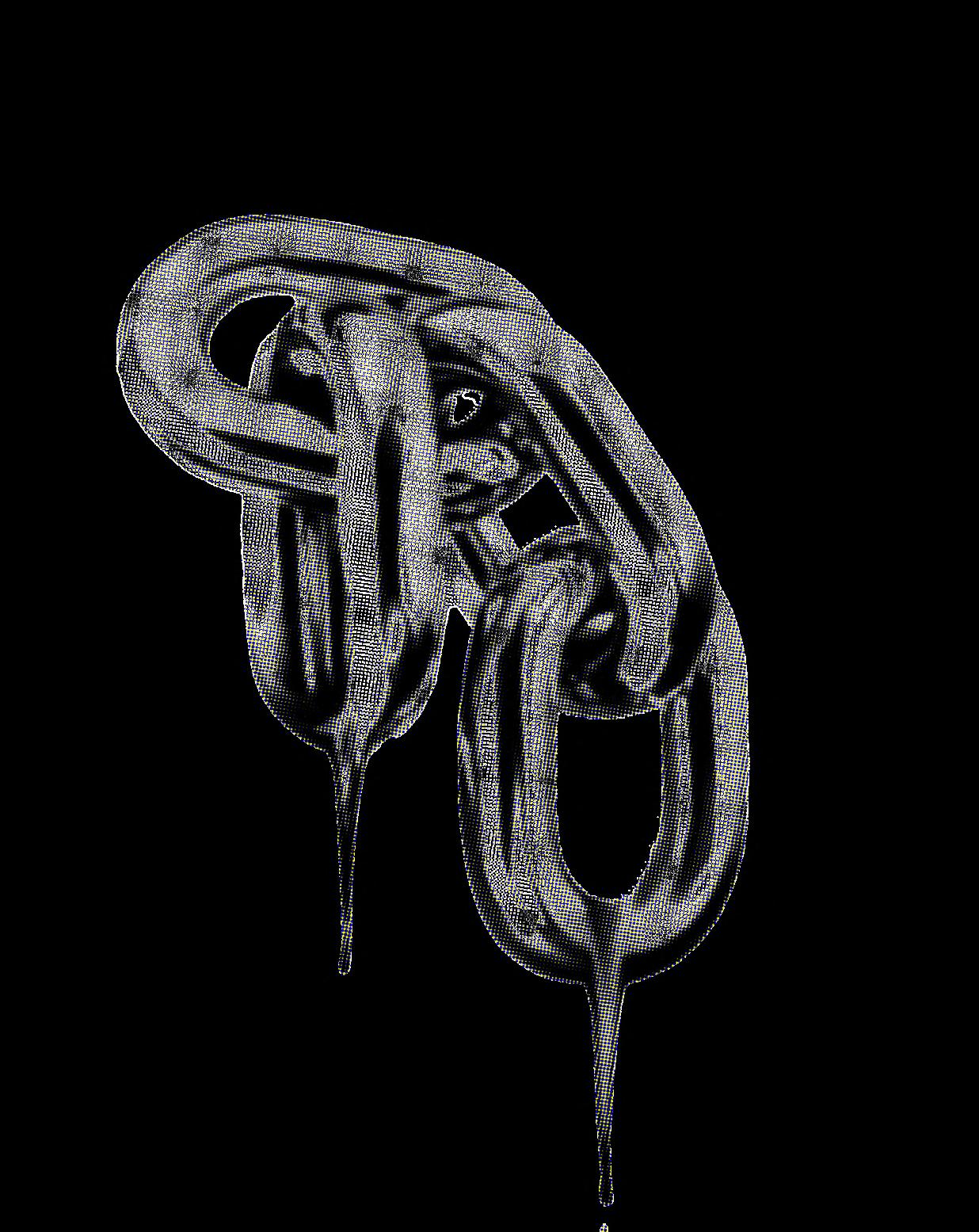

Lay a solid foundation for a campaign by working backwards from long-term goals to identify the conditions that must be in place in order to achieve those goals, and why.
- 45
This exercise charts the roadmap of internal and external pathways for reaching your goal with specific and clear directions.
Strong campaigns are built on a series of shortand medium-term SMART objectives that function as intermediary steps towards a more ambitious campaign goal.
- 50
Cross- reference internal & external factors in order to identify potential campaign scenarios.
30 - 90
Like the frame around a photograph, a conceptual frame highlights certain events and facts, while making others invisible. Effectively framing your message can make the difference between winning and losing.
Entice journalists to cover your issue by providing them with print and video materials that do half their job for them, while giving you more control of the story you’re trying to create.
30 - 45
Perception Box
Use the perception box to understand your audiences better, so you can design effective campaign messages to reach them. Time .............. 30 - 90
Harness the strength of stories to expose oppressive beliefs, and show how another reality is possible.
.............. 30 - 90



The use of innovative action tactics is a noticeable characteristic of successful campaigns. Because innovative actions can expand not only what is possible, but also who is likely to be engaged, they can open up new potential for dialogue, catch the authorities or others by surprise, and connect with a broader audience at an emotional level. Harnessing creativity and culture in developing action tactics help overcome barriers of language, age, gender, and nationality, and are more likely to garner media coverage.
Contrary to popular belief, it’s not an absence of limits that fosters creativity but, within reason, limits themselves. One famous poet, for instance, dismissed free verse poetry, which doesn’t follow any rules, as being about as fun as “playing tennis without a net,” arguing that the strict limits of rhyming poetry better channeled creativity.
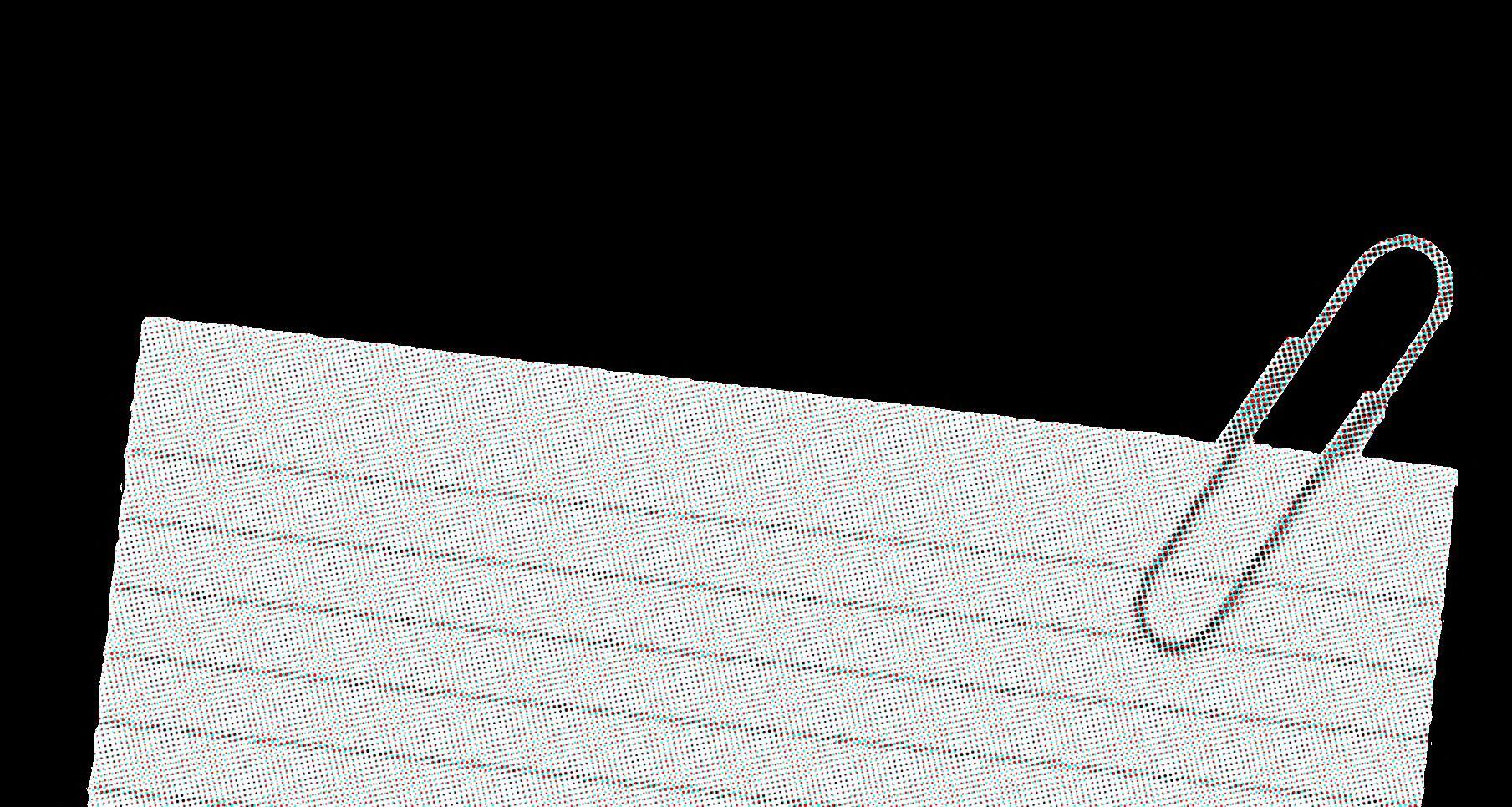
Let’s take a look at some creative actions from around the world!
Ύ Visit the Beautiful Trouble Toolbox for ideas and inspiration!
Ύ Check out this video for a brief look at a history of creative actions from around the world!
You can help your movement and fellow activists recognize and hone their creativity by setting some challenges or limits that they’ll need to get creative to overcome.
Start with setting a time period for true brainstorming—coming up with ideas as if you had a magic wand and no limitations, no naysayers, no can’t. Consider approaches like the Theatre of the Oppressed —an arsenal of theatre techniques and games that motivate and inspire people to take innovative action. Having art or creative materials available for use, and opening space for music, movement and dance can support a general creative atmosphere for all of your work as well.


Creative actions also support effective use of resources and help identify escalation potential. Most importantly, innovative tactics increase the chances that the group you’re working with will not just do the same thing over and over again, expecting different results, as many unsuccessful struggles tend to do!

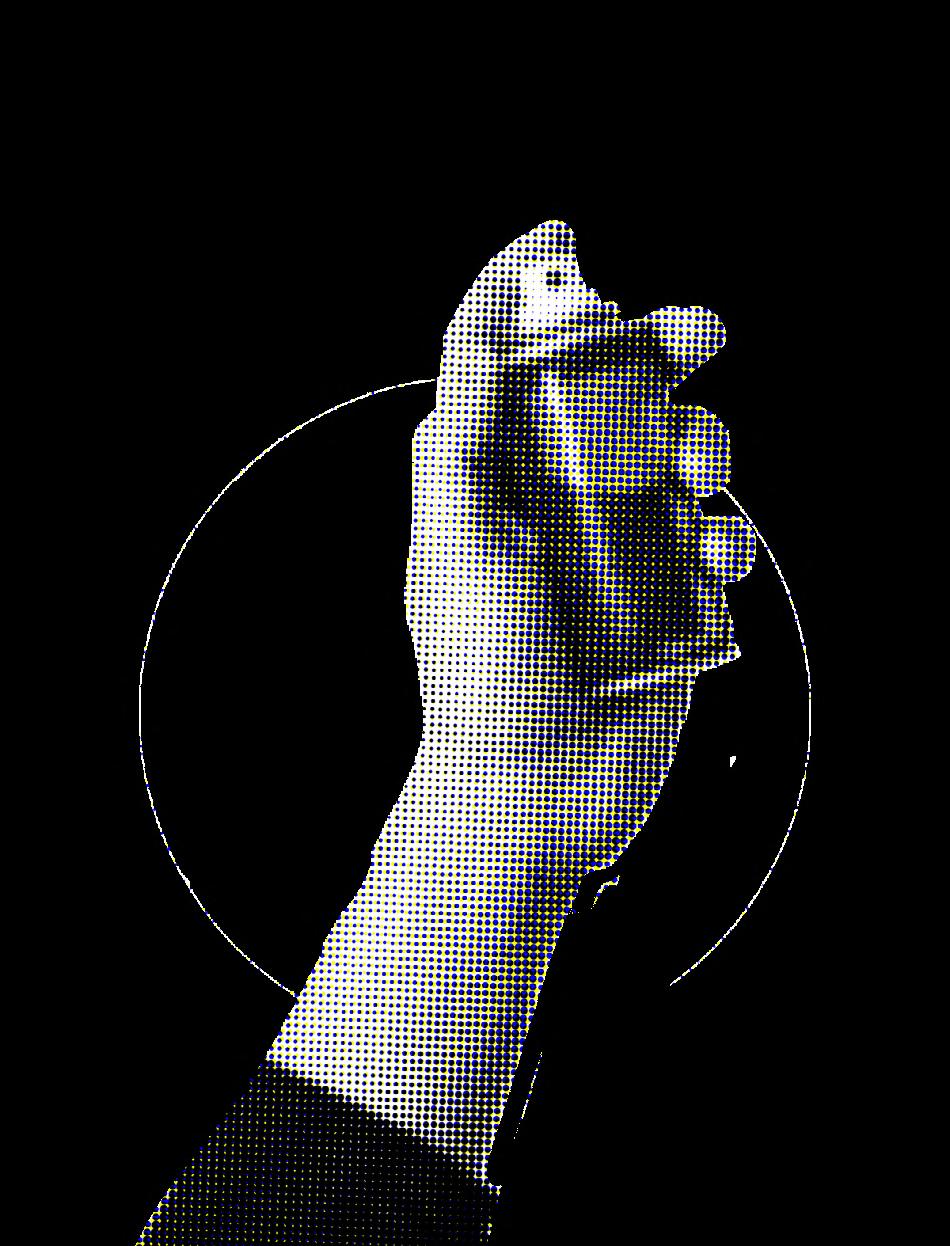

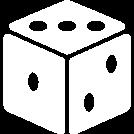

Quickly brainstorm creative action ideas by flipping over 3 cards at a time.
Time .............. 5 - 50
Moderate
Harness the strength of stories to expose oppressive beliefs, and show how another reality is possible.
.............. 30 - 90

Harvest the collective experience and wisdom already in the room about what makes actions effective-- or not! and derive useful lessons for designing one’s own actions.
.............. 30 - 50
De Bono’s six thinking hats are often used as a brainstorming tool that encourages parallel thinking on a specific issue.
60
Identify pressure points where you can take action to interrupt business as usual, and press for change.
30 - 60
Handy checklist for what to do before, during and after an action.




In this section, we’ll explore how to sustain your movement for social change! Part of this is accessible selfcare and community care practices, part of this is handling conflict within and outside of your movement creatively and effectively, and part of this is ongoing evaluation and adaptation.


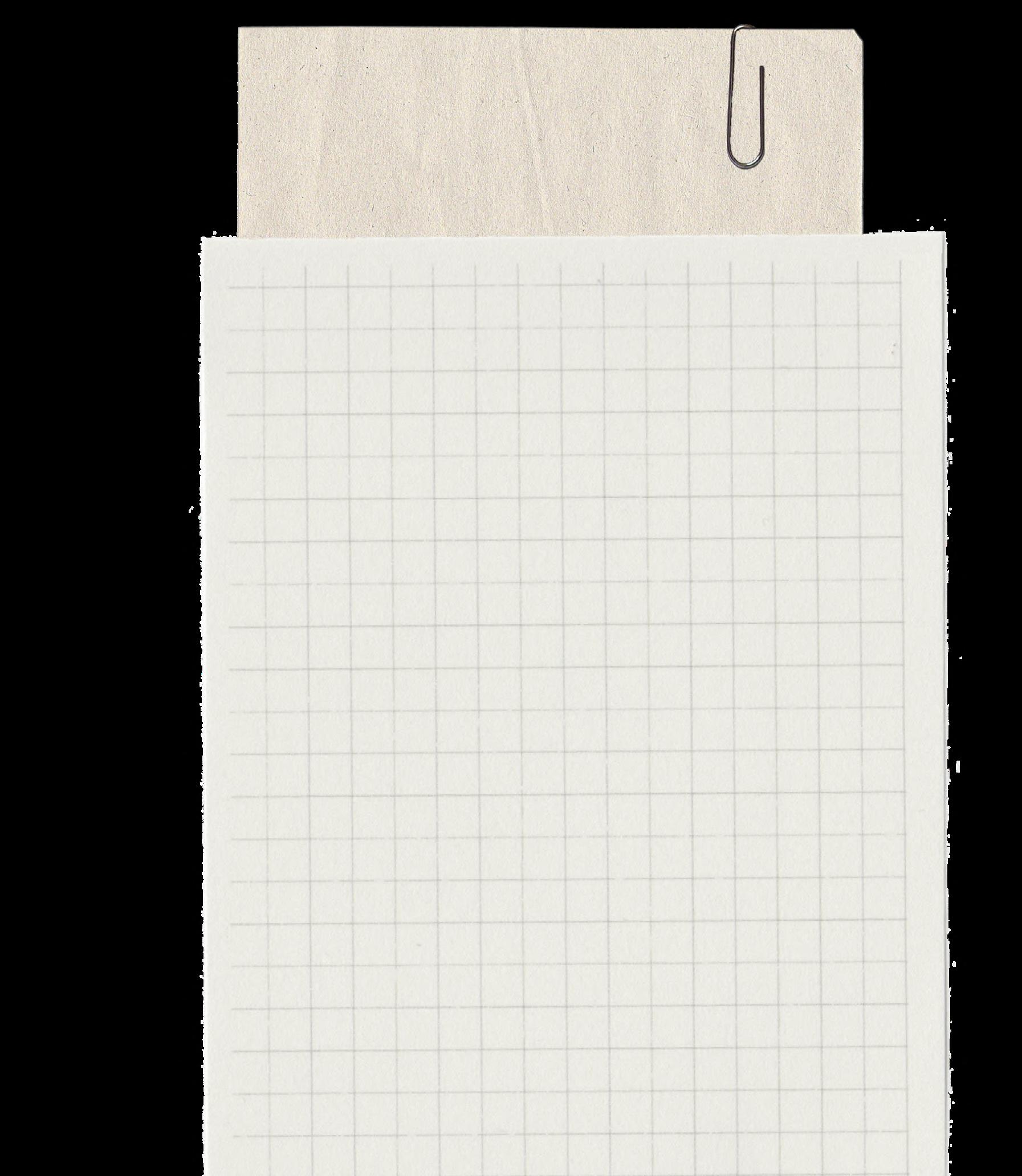
Self-care The ability to self-regulate, co-regulate, and manage stress so that we each can contribute to and build sustainable support for our movement.
Collective Care An expansion of the concept of self-care to focus on care for groups, networks, and mutually empowering relationships.
Community resilience The ability of a group or community to sustain itself in the face of internal and external threats.
Embodied practice A restorative psychological process in which the body is used as a healing tool to align what we feel, think, and sense.

Burnout A state of emotional, physical, mental, and existential exhaustion resulting from prolonged, unmitigated stress. It manifests in different ways including energy depletion, isolation, and feelings of cynicism, bitterness, indifference, and/or paralysis.

Praxis A cycle of theory, action and reflection that helps us analyse our efforts so we can be more effective.
Trauma-informed care An approach to care that starts with “What happened to you?” rather than “What’s wrong with you?”
Joy is a revolutionary force Our journey towards a better world can—and often should—be a nurturing and joyful experience! Find pleasure in the process, as adrienne maree brown said: “Feeling good is not frivolous, It is freedom.”
The tools in this section focus on three circles of care: self-care, collective care, and community resilience. We understand that healthy individuals and healthy communities are intimately intertwined. Thus, we can, and need to, address resilience at every level. Our aim is to offer an accessible set of resources tailored to activists, facilitators, and organizers. This is not a comprehensive guide. We encourage you to find a way that works for you to apply your learnings from this section and invest in yourself by practicing them. Do whatever works for you, but do it!
In this context, self-care is not just about taking a bubble bath! It is about disrupting the normalized, oppressive state of radical individualism and transforming it into a state of collaboration and interdependence. These strategies were essential to the survival and functioning of ancient cultures; they are also keys to resolving the overlapping crises we face today.

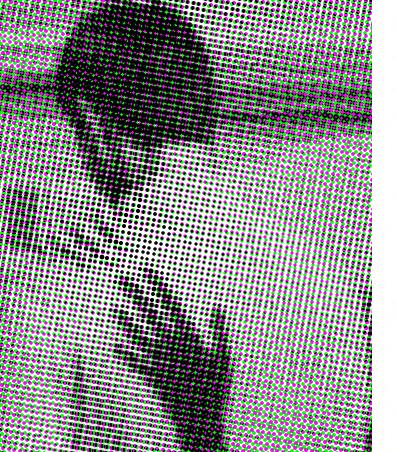
It’s also crucial to recognize that historically and to this day, the burden of care in families, communities, and activist groups has disproportionately fallen to women, particularly women of color. An intersectional, feminist lens is required to emphasize that “care” is a collective responsibility. We want to highlight that social change success necessitates intentionally building anti-oppressive care structures and tending to the processes that foster resilience.
Abusive relationships will not be addressed directly in this module, but there is no excuse for them, and they have no place in our social movements. Furthermore, toxic expectations—such as perfectionism, which is rooted in white supremacy, or macho endurance, which is rooted in patriarchy—must be addressed in order to break cycles of harm and replace them with cycles of care.
Since people-power is often seen as “putting your body on the line,” it is good praxis to acknowledge that the body keeps score and to learn how to ask for and receive the help we need to counterbalance this score. It can be irresponsible, or even life threatening, to do otherwise.





Embodied Practice: Self-care & Regulation
Embodied practice harnesses body awareness through breathing and movement to support individuals and groups in responding to stress and triggering events in real-time. Time 5 - Life

A brief overview for activists, organizers, and/or facilitators on how to approach and handle mental and emotional health challenges in a group or at an action.

Because social change work takes time and energy, it is important to invest in building strong structures and healthy processes to increase our chances of being successful groups for the long haul.

Through situational and bodily awareness, Embodied Practice employs breathing, movement, arts, and culture to support individuals and communities in regulating stress and responding adaptively to triggering events.

While care should be woven into the fabric of our work, we need to be particularly cognizant of incorporating self and community care when it’s action time.
90 - 120


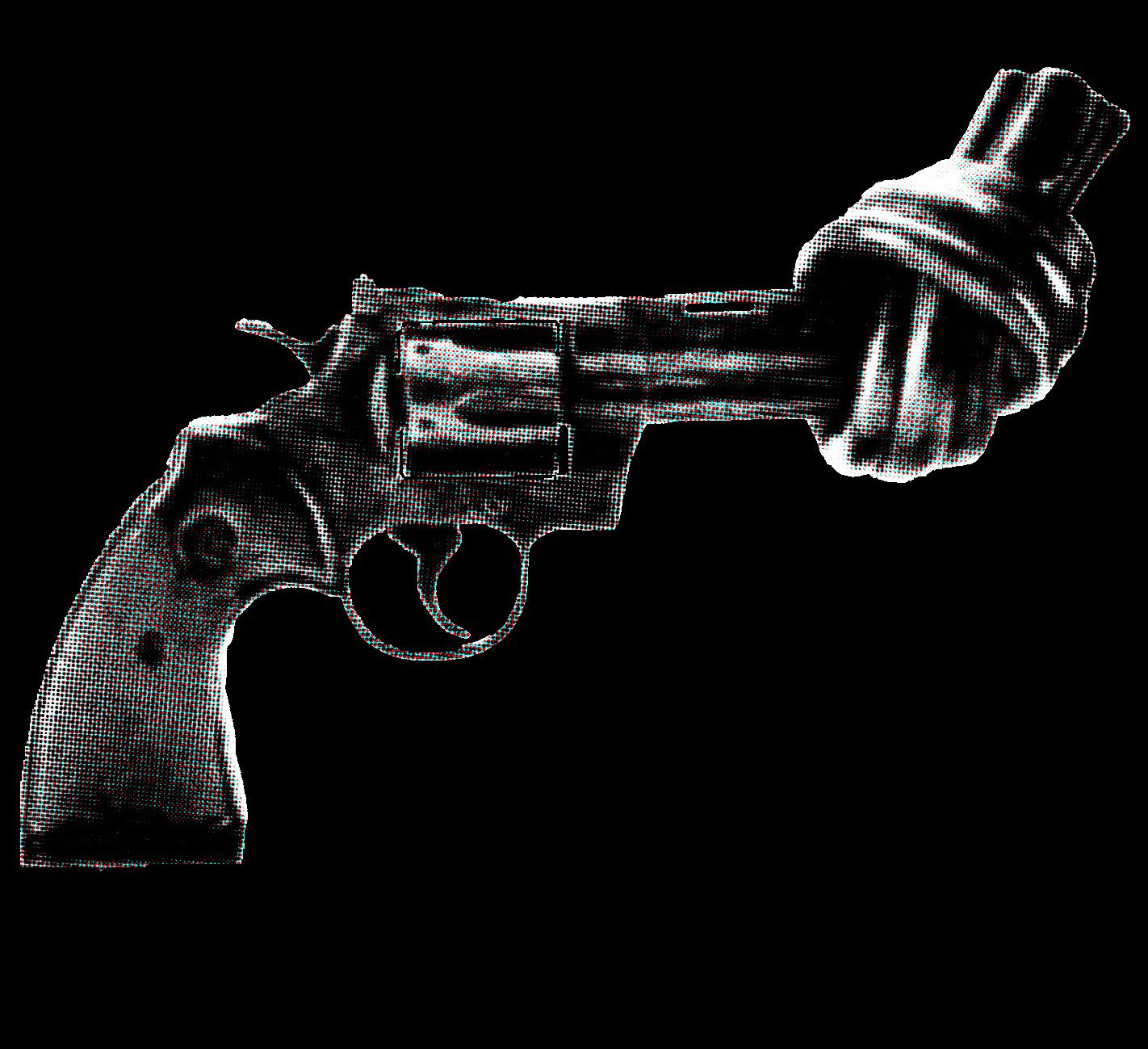


Escalation To escalate is to increase the extent, volume or scope of possible conflict. Responses likely to escalate a conflict include increased speed, higher volume, less space, inappropriate content, wrong person, erratic behavior, physical touch, stepping into personal space, use of weapons, etc.
De-escalation To de-escalate is to lessen the extent, volume, or scope of possible conflict. Key tactics include: lowering volume, slowing pace, increasing space, using trusted messengers, appropriate and sensitive language, compassion, active listening and engaging in dialogue or discussion.
Dialogue versus Debate Generally, dialogue is an interaction based in learning and collaboration, with an open minded approach, and it supports deescalation. Debate is often about winning, and can be combative and closed-minded and lead to escalation.

Preparing and practicing your options for communicating clearly and handling conflict skillfully will help you build capacity to be more effective facilitators, organizers and activists.
Engaging in nonviolent action will not shield you from conflict. In fact, as nonviolent activists working to confront injustice and inequality, we can anticipate difficult communication at best and outright aggressive attacks at worst, so for our effectiveness and our safety, it’s important that we are ready to respond skillfully.
This isn’t just about conflict with our opponents, either. In a meeting, at a demonstration, in a training, at home: conflict can and will arise in our work of challenging and changing unjust power structures. Preparing and practicing your options for responding in alignment with your values will help you build stronger organizations, stronger relationships, and more effective actions and campaigns.



Responding creatively and effectively to conflict requires some specific skills and a whole lot of practice. There are many manuals and trainings that focus on different aspects of handling conflict from interpersonal, to intraorganization, to formal mediation or negotiations. The activities below offer a sampling of this work, mapping out a diversity of effective approaches to help a group prepare for responding well to conflict, which means moving beyond fear of engagement—freeze (not being able to move), fright (acting out of fear), flight (running away), or fawn (appeasing)— to appropriate action.
All approaches start with assessing the situation, asking, “What kind of relationship are you trying to establish in the moment with the person in front of you?” Whether it’s your coworker, your sister, the police officer, the legislator, the passive ally, the bank manager, the security guard— make your choice about how to proceed based on your objective or goal for this mini-relationship.
For each of the role playing exercises including at the end of this section be ready to spend significantly more time debriefing than in the actual role plays!
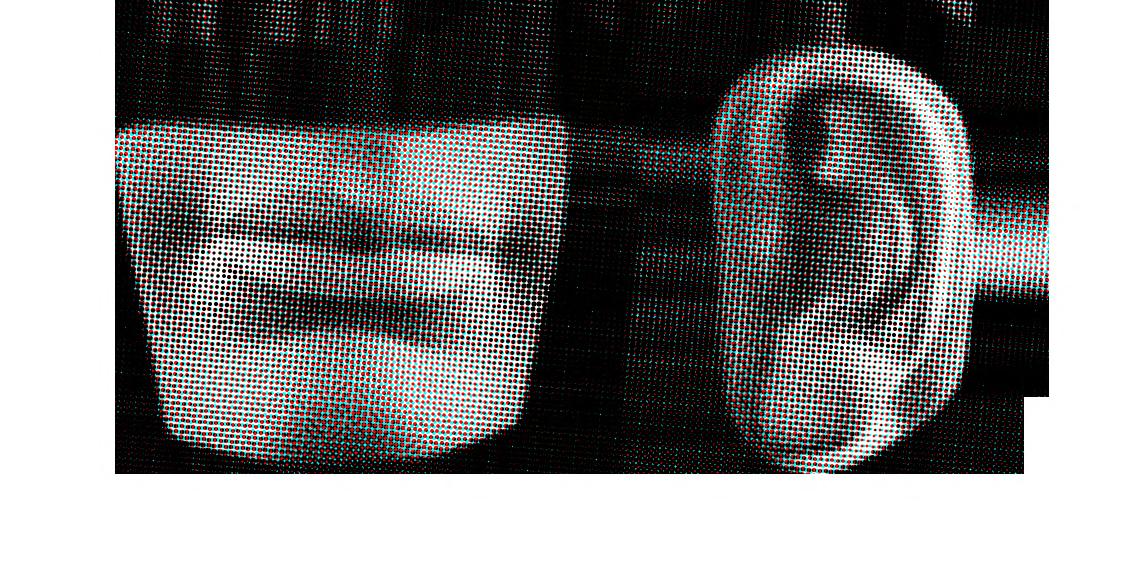

Here is one of many worthwhile mnemonic tools that can be useful to share with participants in introducing these activities: the ABCs of Conflict Response. While this was developed to support effective conflict response in the streets, it works well in many other situations as well:
EDCBAAssess the scene, identify the conflict: What is happening? What can you do? What are the risks?
Breathe or ground yourself: return to focus and calm, count to 10, remember why you are there.
Choose if you will get involved, and how. See D and E below for your options:
De-escalate Use the 6 D’s from De-Escalation Tips and Tools , or other de-escalation practices. OR...
Escalate but only if this will help you reach your goal! We all know how to do this…. But be careful, as an escalating conflict can lead to violence.
A final note: Practice! The good news is that everyone can choose how they respond to a conflict situation, and can become adept at de-escalation if they so choose (most of us already are experts at escalation!) If doing this for your group as a facilitator or trainer, you can support this by building plenty of practice time into the agenda.


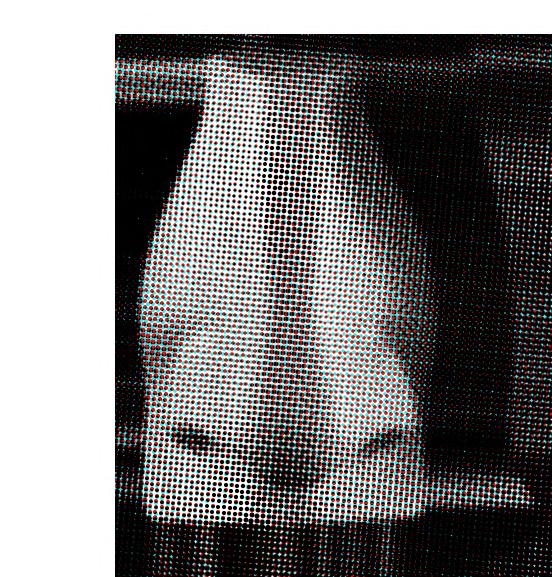
One moment, your movement may be all that people can talk about; the next, you might be struggling to get anyone out to a meeting. Movements move. Things change. This can be incredibly disappointing, to see what you’ve built appear to crumble. But it’s the nature of social movements, like seasons, to rise and fall. By identifying where in that cyclical movement you are at any given point, you can see much more clearly where it’s most useful to focus your energies and take strategic actions in support of your long term vision.
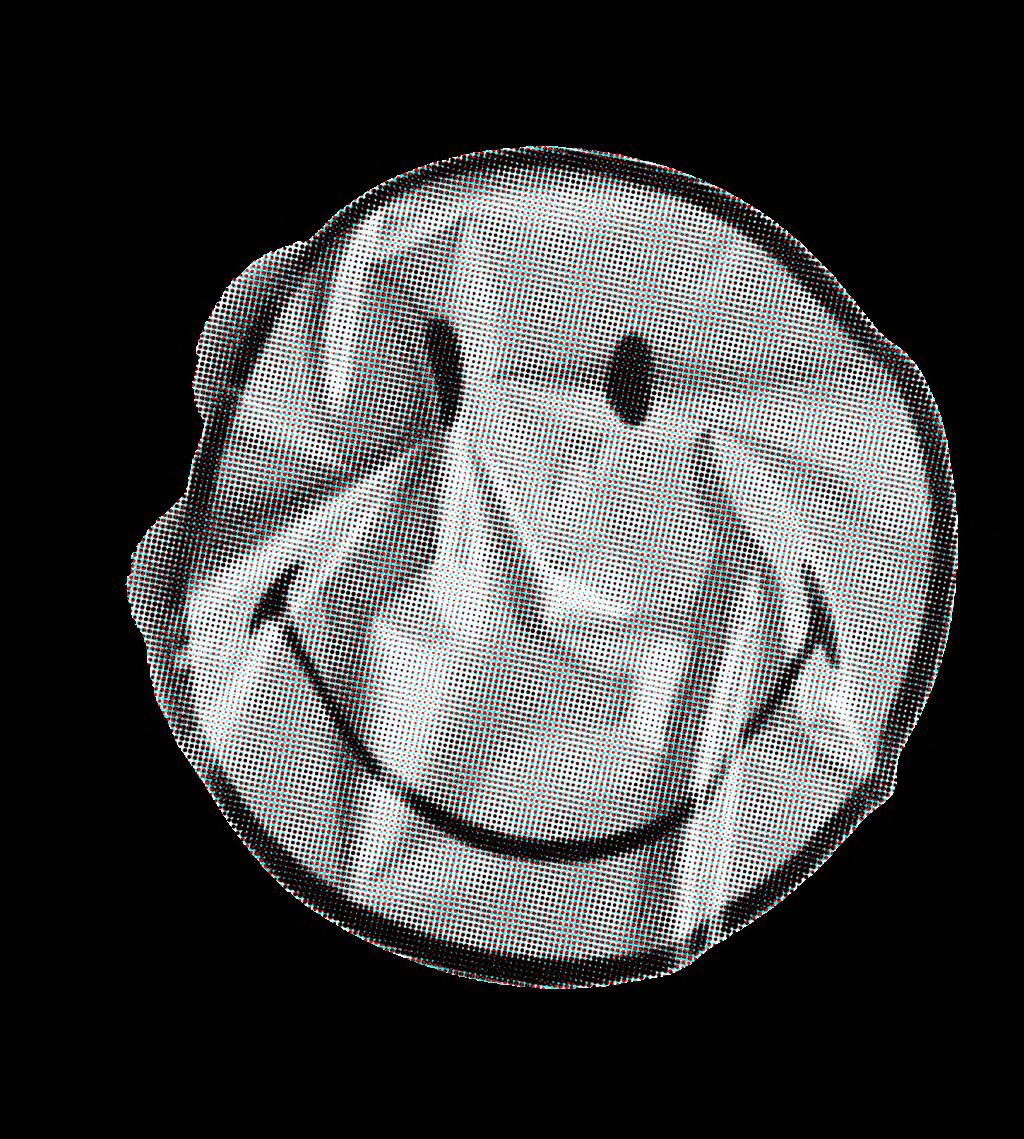



One way to asses where you are in your movement (or campaign!) mentioned earlier in this handbook is to use the movement compass tool. Six key phases are identified that successful social movements tend to follow: an enduring crisis, an uprising, a peak, a contraction, an evolution, and new normal. This cycle often repeats itself, and like any Netflix series, each season might be of better or worse quality than the last. And most importantly: each of these phases has its own collection of tools best suited for use in the moment.
Make sure to schedule regular assessments at key points. Movements move, that’s what they do! that’s why ongoing evaluation and adjustments of



A hassle line is a short roleplay done in a line with participants facing each other, useful for quick intense exploration of conflict behavior and intervention.
15 - 45



Use these short video segments with actual footage of historic nonviolent resistance movements to spark discussions on handling conflict.
45
Synergizing Nonviolent Action and Peacebuilding Dialogue to Diffuse Interpersonal conflict and Support Coalition Building
Explore Active listening as a critical tool for activists and organizers
UNIT 8: Beyond the Page: Negotiation Simulation SNAP: Synergizing Nonviolent Action and Peacebuilding

Action role plays are a direct and powerful way to support group learning as well as practice or rehearse for more effective actions.
In-depth guided process that supports preparation and response to upcoming potential conflict scenarios with UCP (Unarmed Civilian Peacekeepers), most effective when paired with practice role plays.


Sequencing Nonviolent Action & Negotiation Tactics for Sustainable Solutions
8: Sequencing Nonviolent Action and Negotiation Tactics for Sustainable Solutions – text SNAP: Synergizing Nonviolent Action and Peacebuilding
